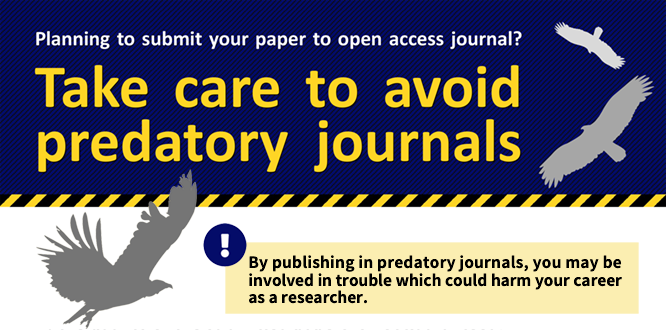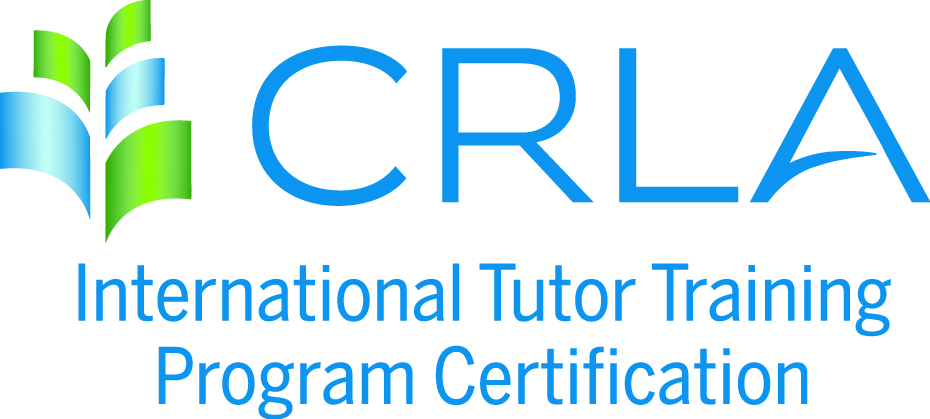When you submit a paper to an open access journal, please be careful to avoid the so-called predatory journals. Even here at HU, there have been some reported cases.

What are predatory journals?
"Predatory journals" are malicious journals that exploit the Open Access business model. They do so by targeting the Article Processing Charge (APC) paid by the author. Predatory journals capitalize on the author’s wish to quickly publish their research. Some of them pretend to be a prestigious journal.
Many predatory journal editors do not conduct proper peer-review. That is why the quality of the submitted papers is not guaranteed. Even if the quality of your own paper is high, that may not be properly recognized in your research field, because it is published in a predatory journal.
Predatory publishers create journal titles that are similar to existing prestigious journals or list the names of well-established researchers as editors on their website without their permission. The publishers reach out to researchers via emails, asking them to submit papers to their journal or inviting them for a keynote at an international conference. If a researcher responds to that invitation and submits their papers to predatory journals, they may be charged an excessive fee, or their research will not be properly recognized in their field. Thus, it is very important for researchers to carefully examine the quality of the journal before submission.
Possible troubles
- Publishing in predatory journals may result in the authors or their institutions losing public trust and reliability.
- Authors may be charged an unreasonably high publication fee.
- Withdrawal of the article or resubmission to another journal may not be permitted.
- There is no guarantee of stable access to articles.
- With the growth of articles without secured quality, academic journals (including peer-reviewed articles) may lose their trustworthiness.
- Invitations to predatory conferences may result in high participation fees.
* The content in this part is based on the website of Hokkaido University Library (Caution “Suspicious Journals”)
Characteristics of predatory journals
It is difficult to clearly judge and state “These are predatory journals” or “These are predatory publishers” because predatory journals continuously emerge, disappear, and transform. Furthermore, a journal may be regarded as a predatory journal at a certain point, but may develop into a trusted journal in the future.
To avoid troubles related to predatory journals, please make sure to carefully check the journal you are planning to submit your article to. If any of the following points applies to your intended journal, the journal might be suspicious and needs more careful examination.
- The name of editors and editorial board members are not clearly listed.
- The editors and board members are not reliable and recognized researchers in the research field.
- The information about editing and peer-review is not clear.
- The period from peer review to publication is too tight.
- The journal is not registered in reliable databases such as Web of Science (Journal list), SCOPUS (Journal list), or DOAJ.
- The publisher is not registered with reliable associations such as COPE: Committee on Publication Ethics (Members list) and OASPA: Open Access Scholarly Publishers Association (Members list).
- The amount of APC and the billing schedule is not clear.
- The aim and target field of the journal is not clear.
- The target field is too wide.
- Your colleagues and researchers in your field do not know about the journal.
- The quality of papers published in the journal is not good.
- Contact information such as email address and postal address are not listed on the website or they do not exist.
- The journal title and logo resemble those of other well-known journals.
- The email address of the editor or inquiry office are not the one in his/her organization.
References
- Caution “Suspicious Journals” (Hokkaido University Library)
- Think. Check. Submit. : This is a campaign to support submissions to trusted journals. You can check the credibility of the journal with it.
- Infographic: 10 Point checklist to identify predatory publishers (Editage Insight)

 Home
Home

